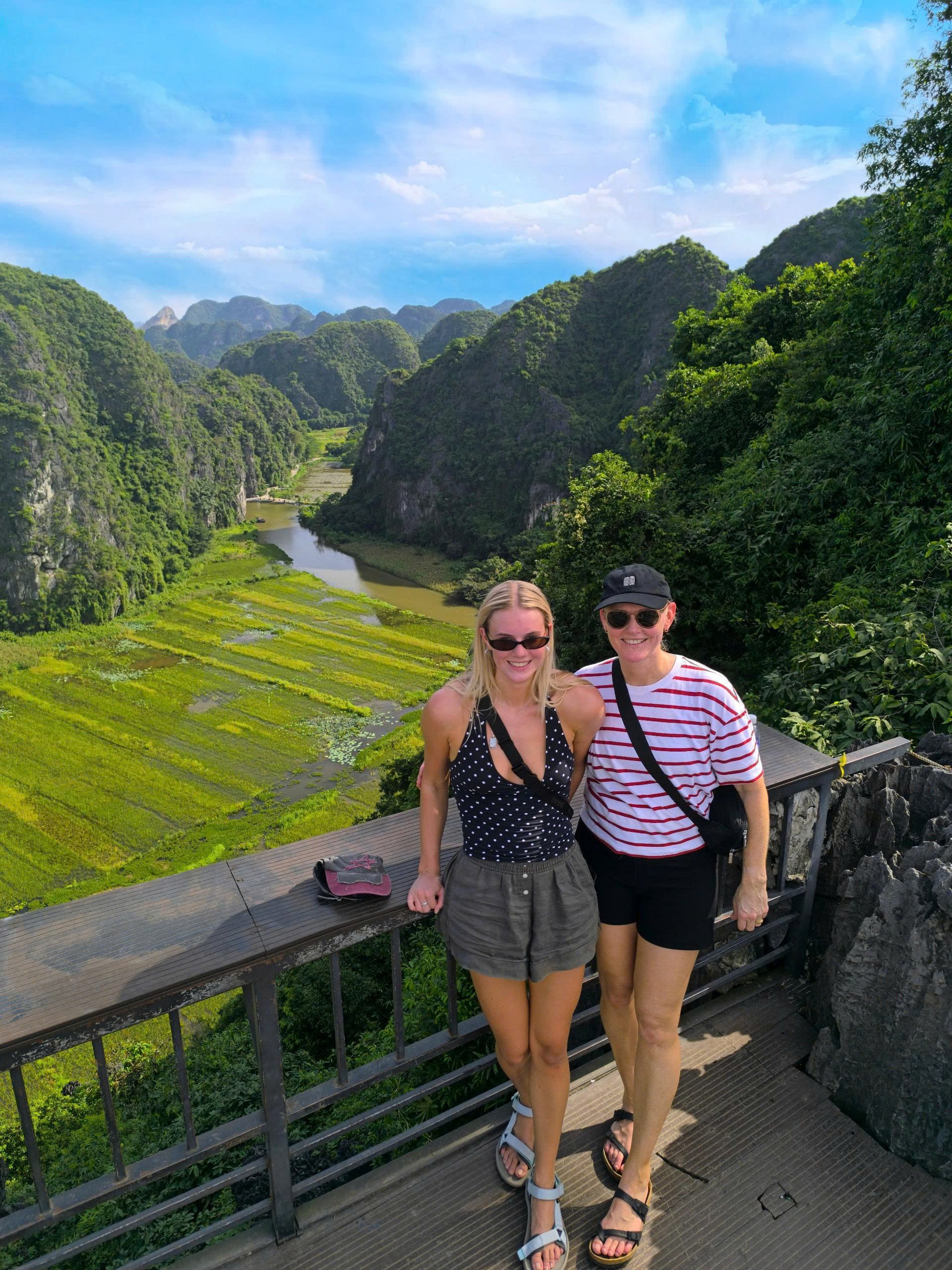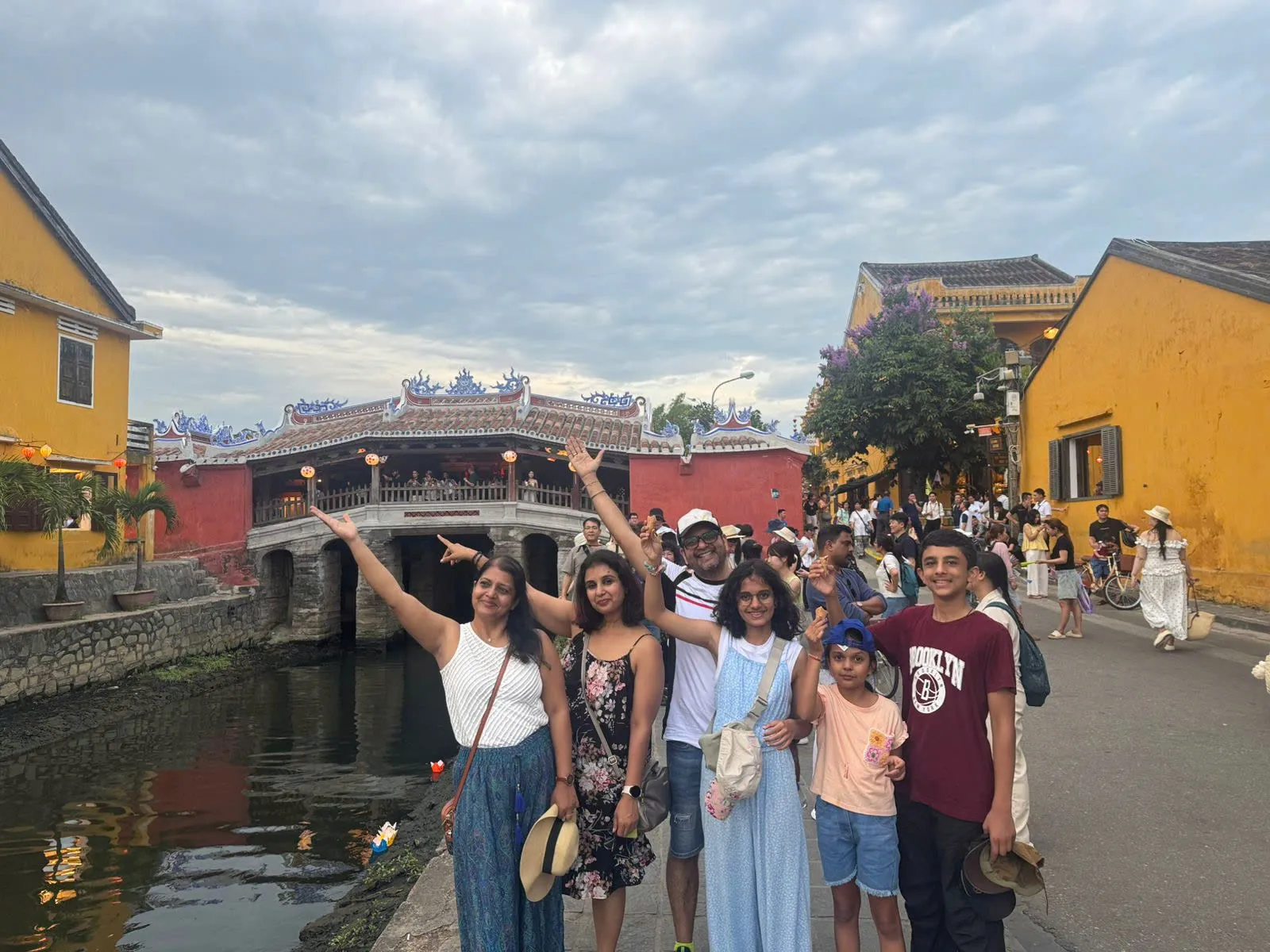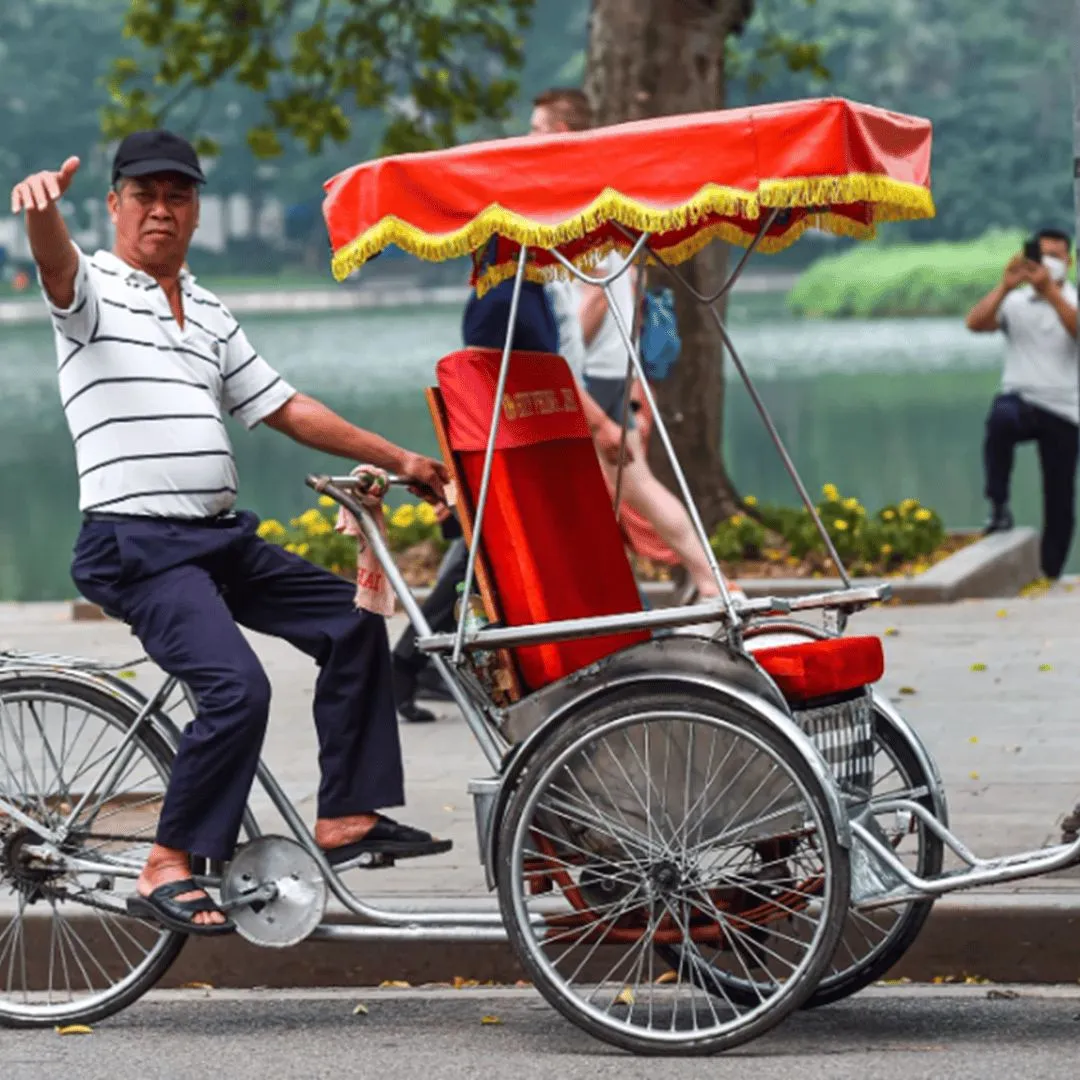
Why timing is key for a stress-free family trip
Family travel requires a delicate balance. Children are more sensitive to extreme weather and long travel days, so choosing the right time to go can make a big difference in comfort and enjoyment. Vietnam’s long, narrow geography means that its climate varies significantly from north to south. While Hanoi may be experiencing cool, misty days, Ho Chi Minh City could be sunny and warm, and central Vietnam might be receiving afternoon rains.
When planning a family itinerary, you’ll want to avoid the hottest, rainiest months and consider your children’s school calendar, your preferred destinations, and your budget. In general, spring (March to April) and early winter (December to January) offer the most pleasant weather and a wide range of activities suited to family travelers.
Understanding Vietnam’s regional climate
Vietnam is divided into three distinct climate zones—north, central, and south. Each region experiences its own seasonal patterns, so understanding these zones is essential for deciding where and when to travel with family.
In northern Vietnam, which includes Hanoi, Halong Bay, and Sapa, the year is divided into four seasons. Winters (December to February) can be cold and misty, while summers (May to August) are hot and rainy. Spring and autumn offer more moderate weather, making March, April, October, and November particularly suitable for outdoor exploration with kids.
Central Vietnam, including destinations like Hue, Da Nang, and Hoi An, tends to be warmer year-round. Its dry season typically runs from February to August, while the rainy season arrives from September through December. For families planning to enjoy beach time or cultural sightseeing, spring and early summer provide ideal conditions.
Southern Vietnam—home to Ho Chi Minh City, the Mekong Delta, and Phu Quoc—has a tropical climate with two seasons: wet and dry. The dry season from December to April is perfect for families seeking sunshine, river tours, and beach holidays. Rainy season (May to November) brings brief but heavy showers, often in the afternoon.
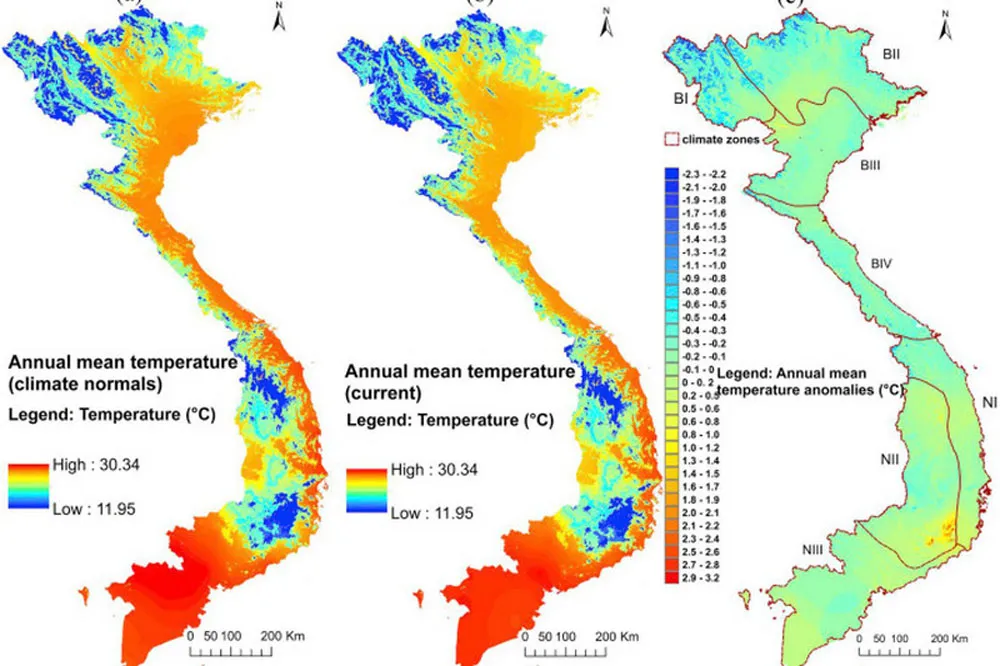
Best seasons for family travel in Vietnam
Each season in Vietnam offers unique advantages and experiences. Depending on your children’s ages and your travel goals, different months may suit you better.
Spring (March to April): gentle weather and cultural beauty
Spring is widely regarded as one of the most favorable times for families to visit Vietnam. Across all three regions, the weather is typically dry, mild, and filled with sunshine. In the north, cherry blossoms and green rice fields set a tranquil scene, while central and southern Vietnam offer comfortable warmth for beach days or historical tours.
Traveling during spring means fewer weather-related disruptions, making it easier to enjoy outdoor excursions, long walks, or scenic boat rides. It’s also a wonderful time to visit popular family destinations like Halong Bay, Ba Na Hills, and the Mekong Delta.

Summer (May to August): beach breaks and school holidays
If you’re traveling with school-aged children, summer is a convenient time for a family vacation. While this period is warmer and more humid, it’s also the best time to enjoy Vietnam’s coastal destinations. Families flock to the beaches of Da Nang, Nha Trang, and Phu Quoc for sand, sunshine, and sea-based adventures.
Rainfall is more common, especially in the north and south, but showers are often brief and occur in the late afternoon. Many family-friendly resorts offer indoor entertainment, swimming pools, and kid-friendly dining, making it easy to manage occasional rainy spells.
It’s worth noting that summer is also a peak travel time for domestic tourists, so popular sites may be more crowded. Booking accommodations and transport in advance is recommended.

Autumn (September to November): fewer crowds and golden landscapes
For families who prefer to avoid the heat and crowds of summer, autumn is an excellent alternative. September marks the start of cooler days in the north, with Hanoi and Sapa showing off golden rice terraces and colorful markets. The central region begins to see some rainfall, but early autumn still allows for comfortable travel.
This season offers quieter experiences, better hotel rates, and the opportunity to see rural Vietnam in its most photogenic form. With older children, it’s a great time for soft trekking in the northern mountains or cycling tours through the countryside.
While weather in central Vietnam can be less predictable in late autumn, families who focus on the north or south during these months often enjoy a peaceful and rewarding experience.

Winter (December to February): festive charm and tropical sunshine
Winter is an ideal time to visit southern Vietnam, where dry weather and pleasant temperatures prevail. Ho Chi Minh City, the Mekong Delta, and Phu Quoc are particularly appealing, offering a mix of cultural activities and relaxing beach days. This period also coincides with Western school holidays, making it convenient for Christmas or New Year travel.
In the north, temperatures can drop significantly, especially in mountainous areas like Sapa. While this may not be ideal for young children, families with teens may enjoy the misty, atmospheric beauty and cultural richness of northern Vietnam during this season.
The Tet holiday (Vietnamese Lunar New Year) typically falls in late January or early February. While it’s an incredible cultural experience, keep in mind that many services shut down for several days, and travel demand peaks. If visiting during Tet, plan well ahead.

Matching your travel goals with the best season
When determining the best time to visit Vietnam with family, your itinerary goals should guide your planning. Families looking to explore cities, take scenic boat rides, or enjoy cultural festivals will find spring and early winter most accommodating. Those who seek oceanfront resorts and poolside relaxation may prefer summer or early spring in central Vietnam.
Budget-conscious families might appreciate the shoulder seasons of late autumn or early summer, when prices are lower, and crowds are fewer. Active families who enjoy hiking, biking, or off-the-beaten-path excursions should consider March to May or October, when the weather supports outdoor adventures.

Helpful tips for a smooth family vacation
No matter when you travel, a bit of preparation goes a long way in making your trip enjoyable for all members of the family. Always check regional forecasts before booking, and prepare for sudden weather shifts, especially in the rainy season. Carry light jackets in the north during winter and ponchos or umbrellas if visiting during the rainy months.
Choose accommodations with family amenities such as spacious rooms, pools, kids’ clubs, and babysitting services. Build flexibility into your schedule to account for rest time, and include a mix of cultural experiences and fun activities to keep children engaged.
Final thoughts: when to plan your family trip to Vietnam
Vietnam is a wonderful destination for families, offering diverse scenery, fascinating history, delicious food, and warm local hospitality. The best time to visit in Vietnam with family ultimately depends on your personal preferences, but for most travelers, March to April and December to January provide the ideal blend of comfort, adventure, and family-friendly experiences.
By understanding regional climates and aligning your travel dates with the activities your family enjoys, you can ensure a safe, enriching, and joy-filled journey through one of Southeast Asia’s most enchanting countries.



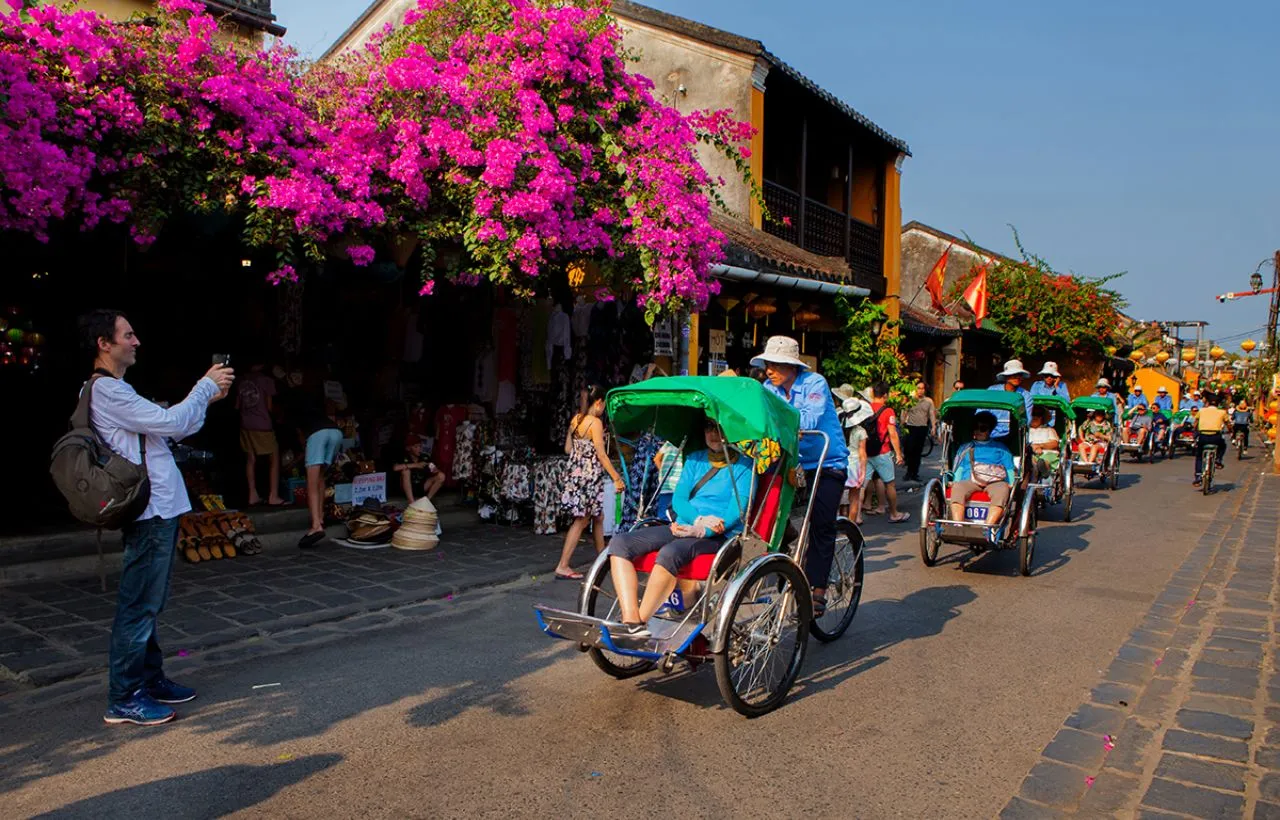

















 Adventure and relaxation between the wings in Sapa _ Fly Sapa Paragliding.webp)


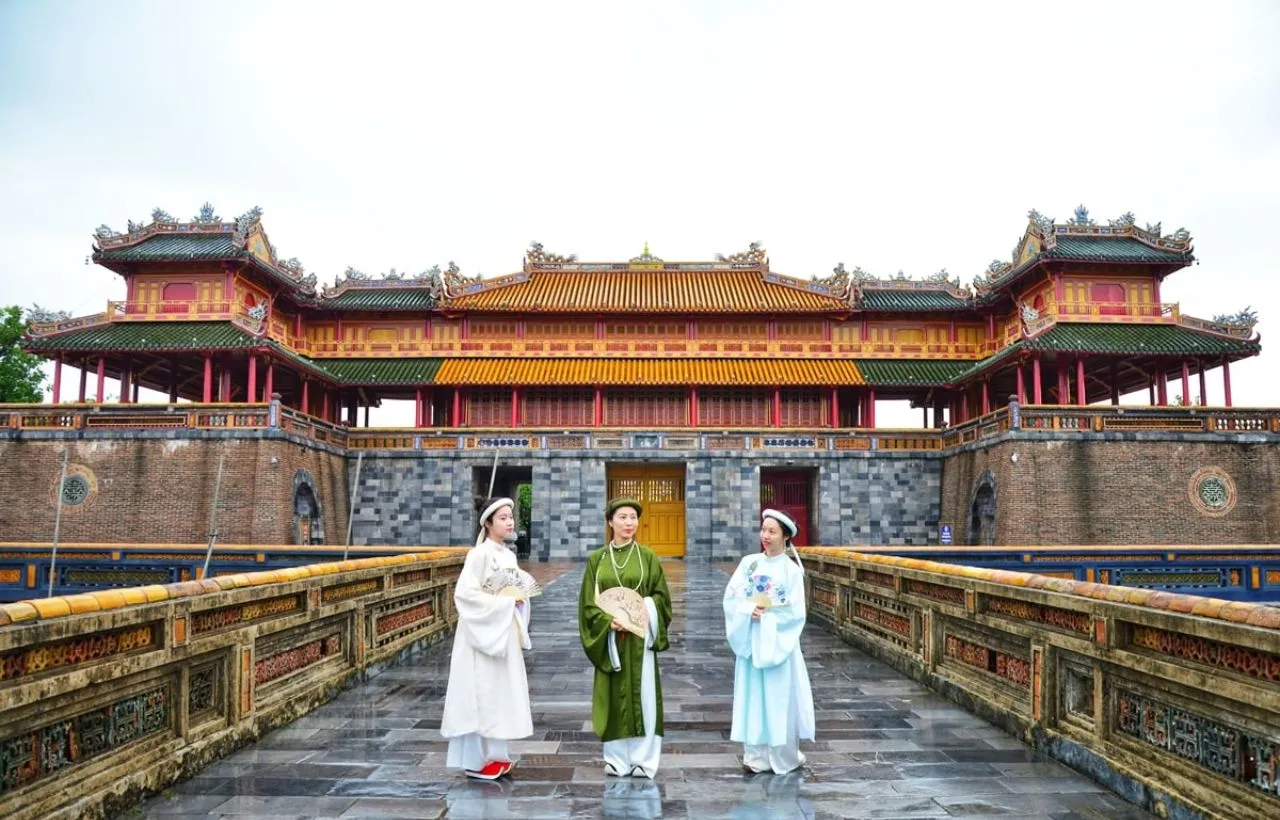




 View trip map
View trip map



